NEWSLETTER
BE FIRST IN LINE FOR OUR NEXT RELEASE.
© 2025 TIPSTER. ALL RIGHTS RESERVED.
NEWSLETTER
BE FIRST IN LINE FOR OUR NEXT RELEASE.
Words by Shannon Michelle Bouffard
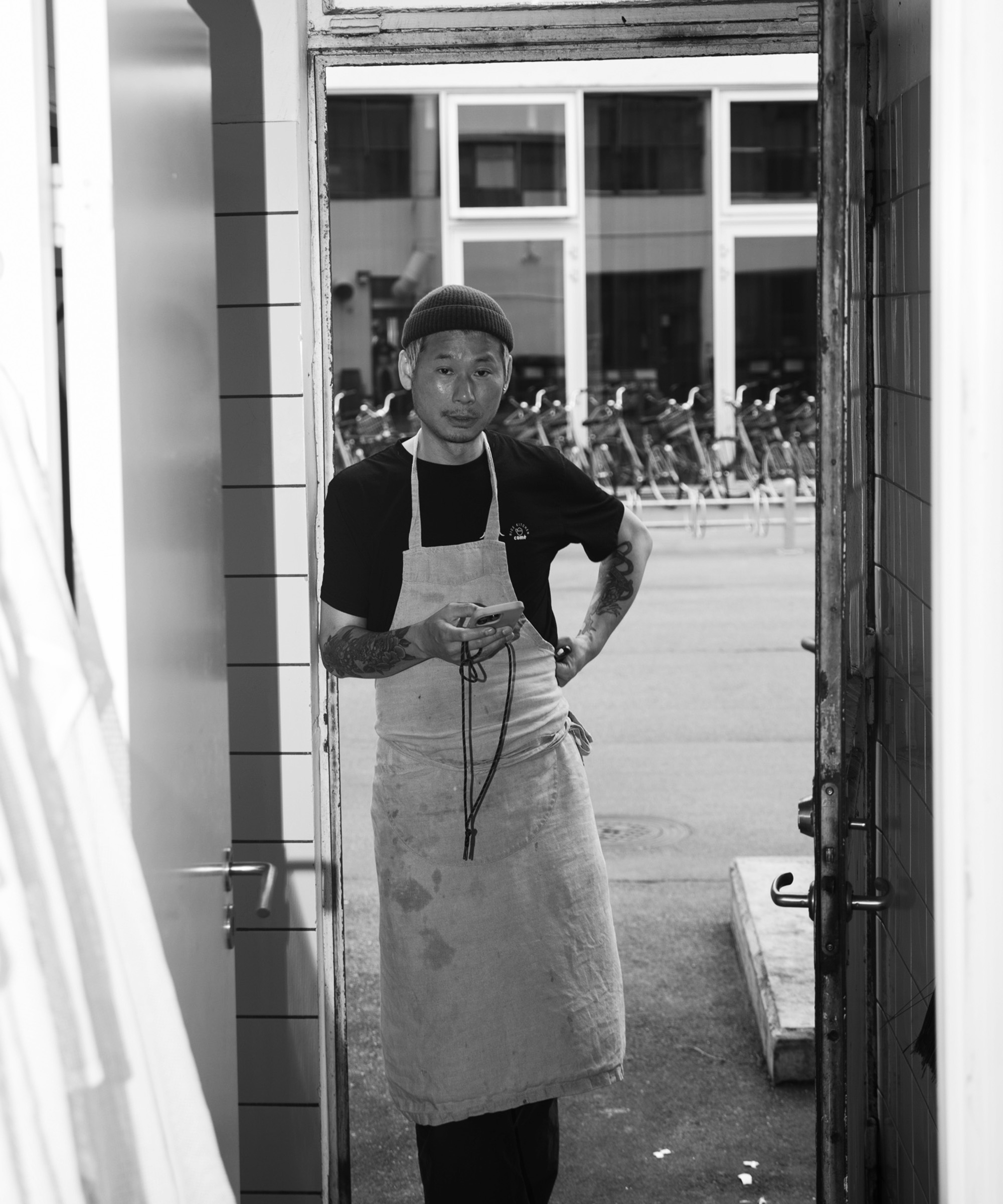
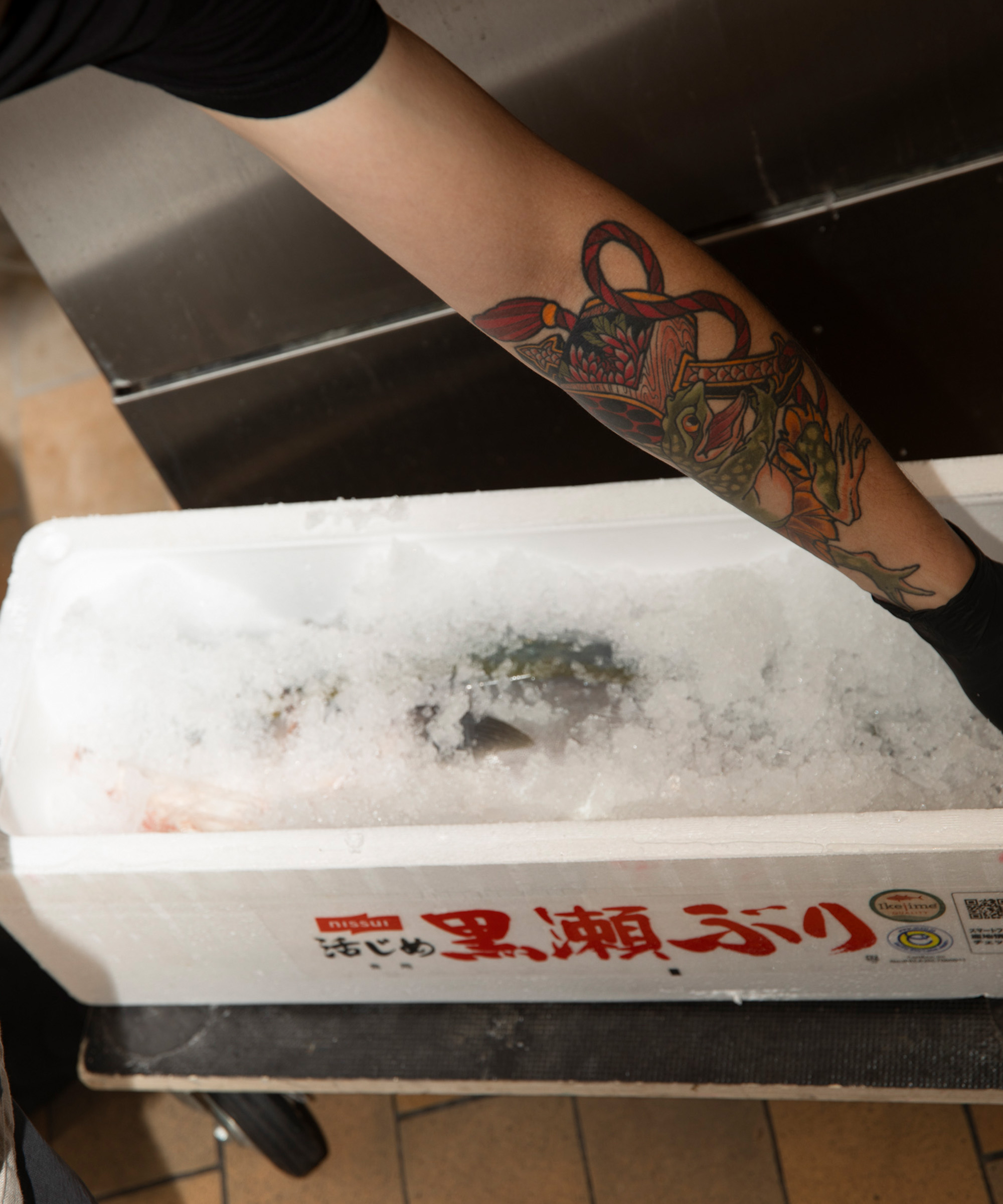
This piece is part of an ongoing series spotlighting the people and places shaping Copenhagen’s growing Asian food scene.
Onigiri probably isn’t the first thing you’d expect to see drawing queues in Copenhagen. Where lines typically form for cardamom buns and ‘bolle med ost’, people now wait patiently to eat Japanese snacks with their hands on the sidewalk. Since opening last year, Comé has built a devoted following around an uncomplicated formula—rice, seaweed, and savory fillings, molded to fit in the hand.
The humble ‘if you know, you know’ days are long gone—when Comé was just a tiny food stall turning out 20 to 40 onigiri a day from the back of Ume, its sister Asian grocer just next door. Now? Over 1,000 pieces of onigiri are sold daily.
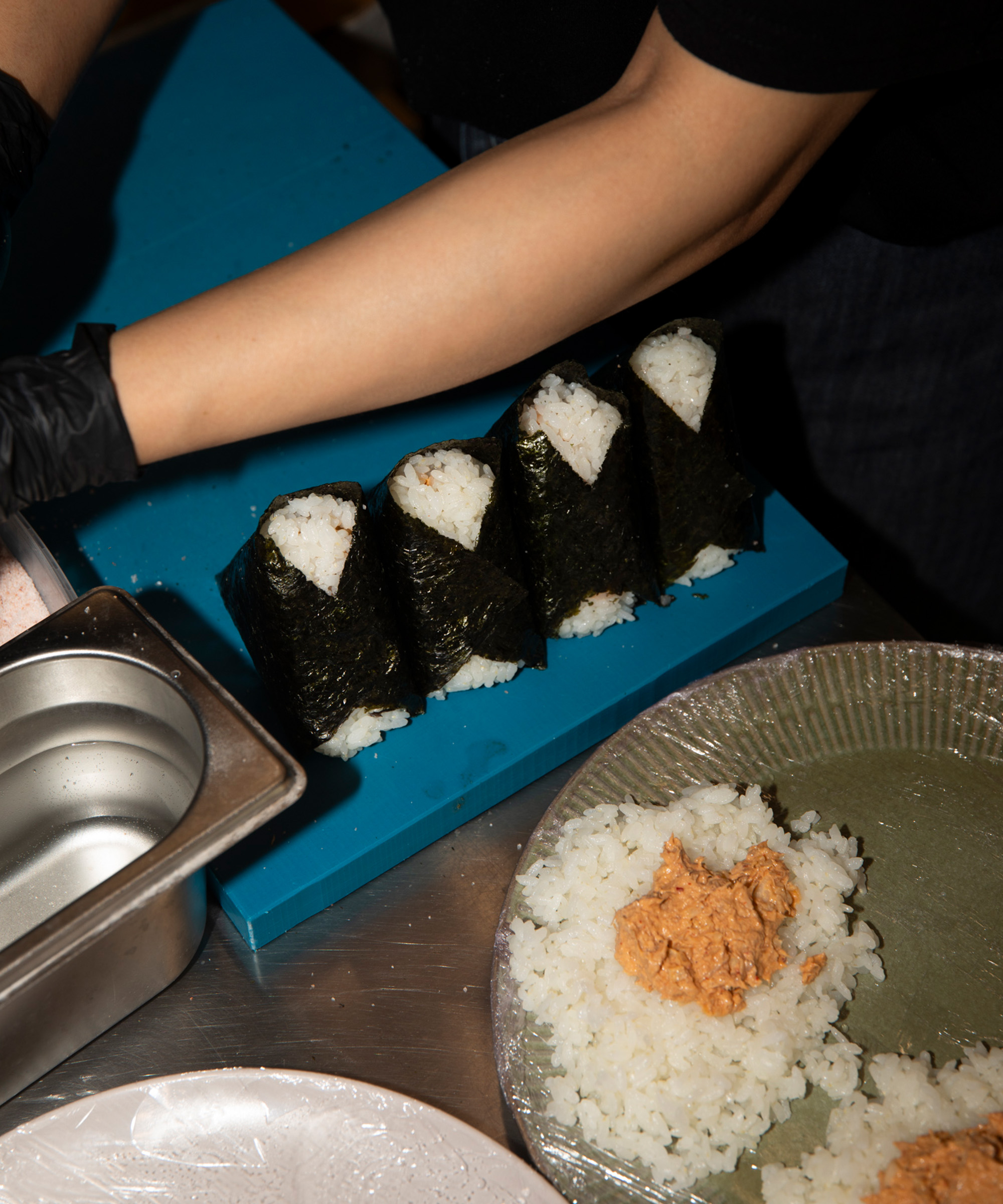
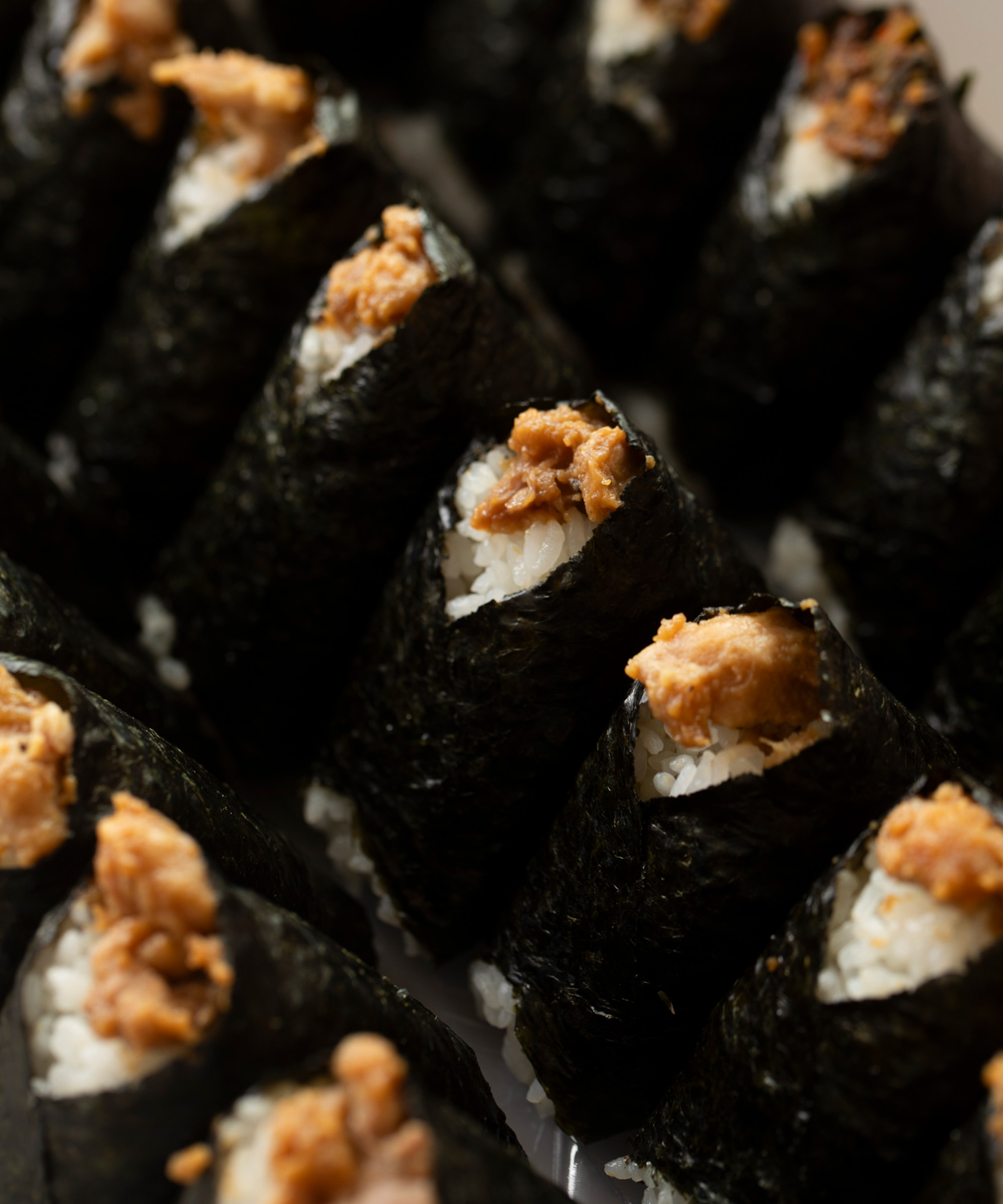
The team at Comé works in fine-tuned rhythm. Rice balls take shape under precise hands. Oil spits and pops as chicken karaage, shrimp tempura, and menchi-katsu hit the fryer. Counters empty as quickly as they’re filled.
In the back, Head Chef Hiroo Machida wields a whole fish in one hand and a knife in the other as he slices the day’s sashimi.
Machida spent 26 years in French kitchens, including Tokyo’s Michelin-starred (and now closed) Tateru Yoshino. Then came the shift, a decision to ditch luxury and return to what he calls “everyday food.” Simple food. The kind you eat standing up, on the curb, and maybe under an umbrella.
Simple, though, is a relative term. Comé’s rice is a considered blend of Koshihikari and Akitakomachi from Nagano, grains that refuse to cooperate with Copenhagen’s mineral-heavy tap water. For months, the kitchen relied on bottled water before investing in a filtration system. Every onigiri is formed by hand, each one firm enough to hold its shape yet tender enough to yield at the bite—a task requiring at least three people to keep pace with demand.
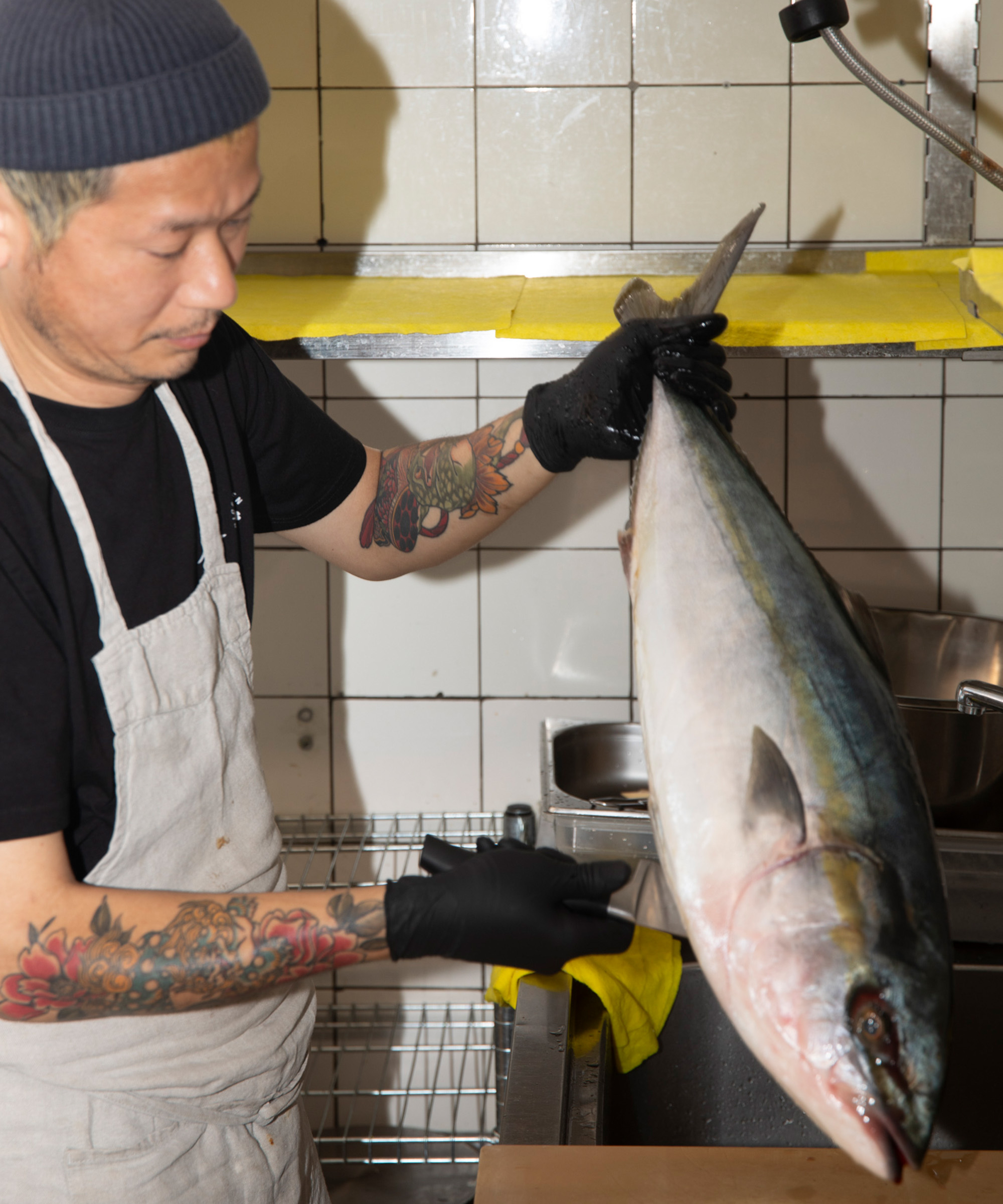
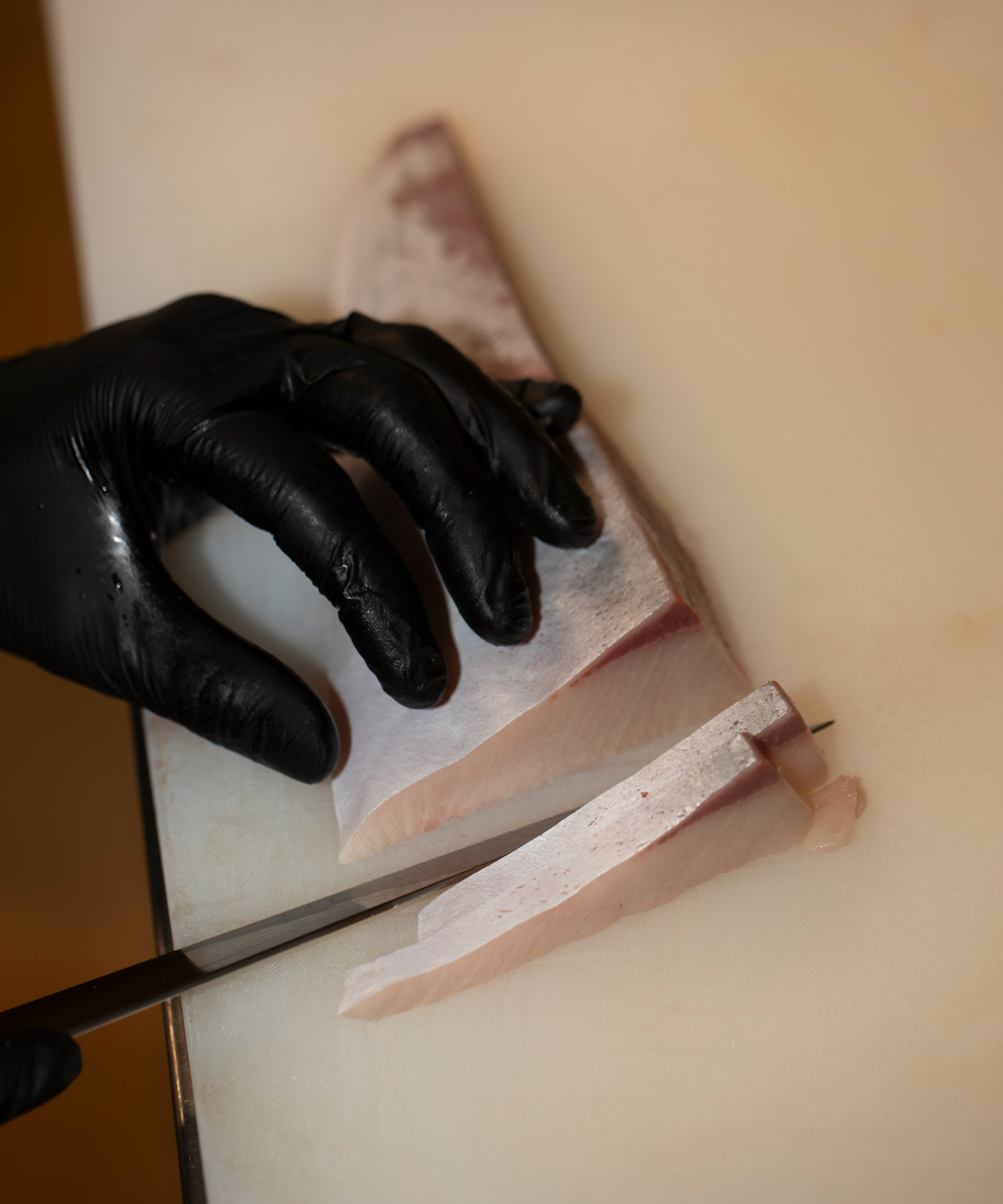
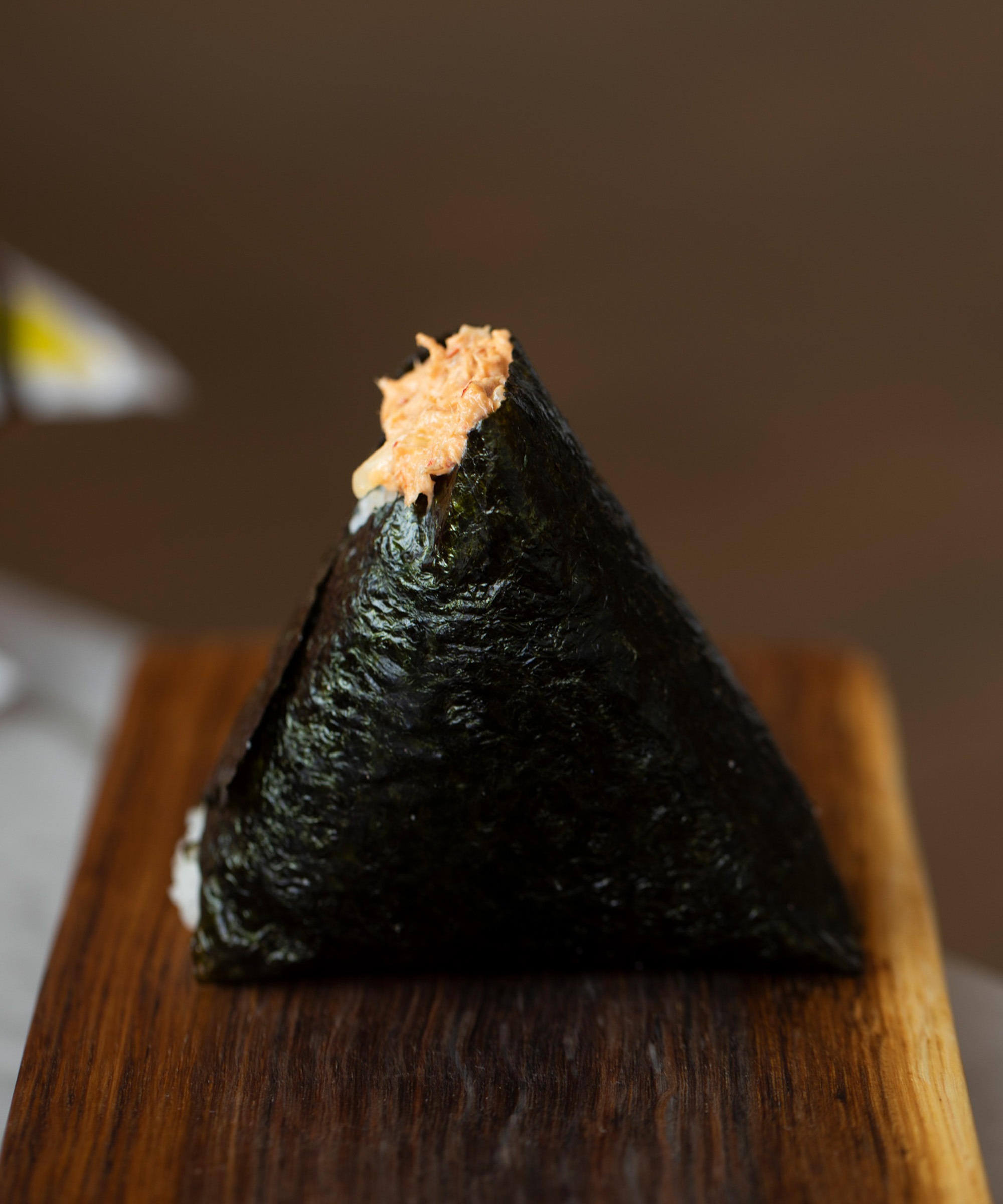
If the scene outside the shop is any indication, the hard work is paying off. Guests eat standing and without tables, balancing boxes of onigiri and trays of sashimi on their palms.
Tourists pause mid-mouthful, wondering how they stumbled across a meal like this. Local chefs—many of them regulars themselves—take notes.
As Copenhagen’s food scene continues to stretch beyond the New Nordic realm, Comé is a reminder that excellence isn’t limited to sea buckthorn reductions and elaborate tasting menus. Sometimes it looks like oil bubbling in a fryer, steam rising from hot rice, and a chef with decades of experience, quietly slicing fish at the back. Not an experience reserved for the few who book months ahead, but for anyone willing to wait in line.
Or, as Machida puts it, “good water, good rice, and someone who knows how to cook it.”
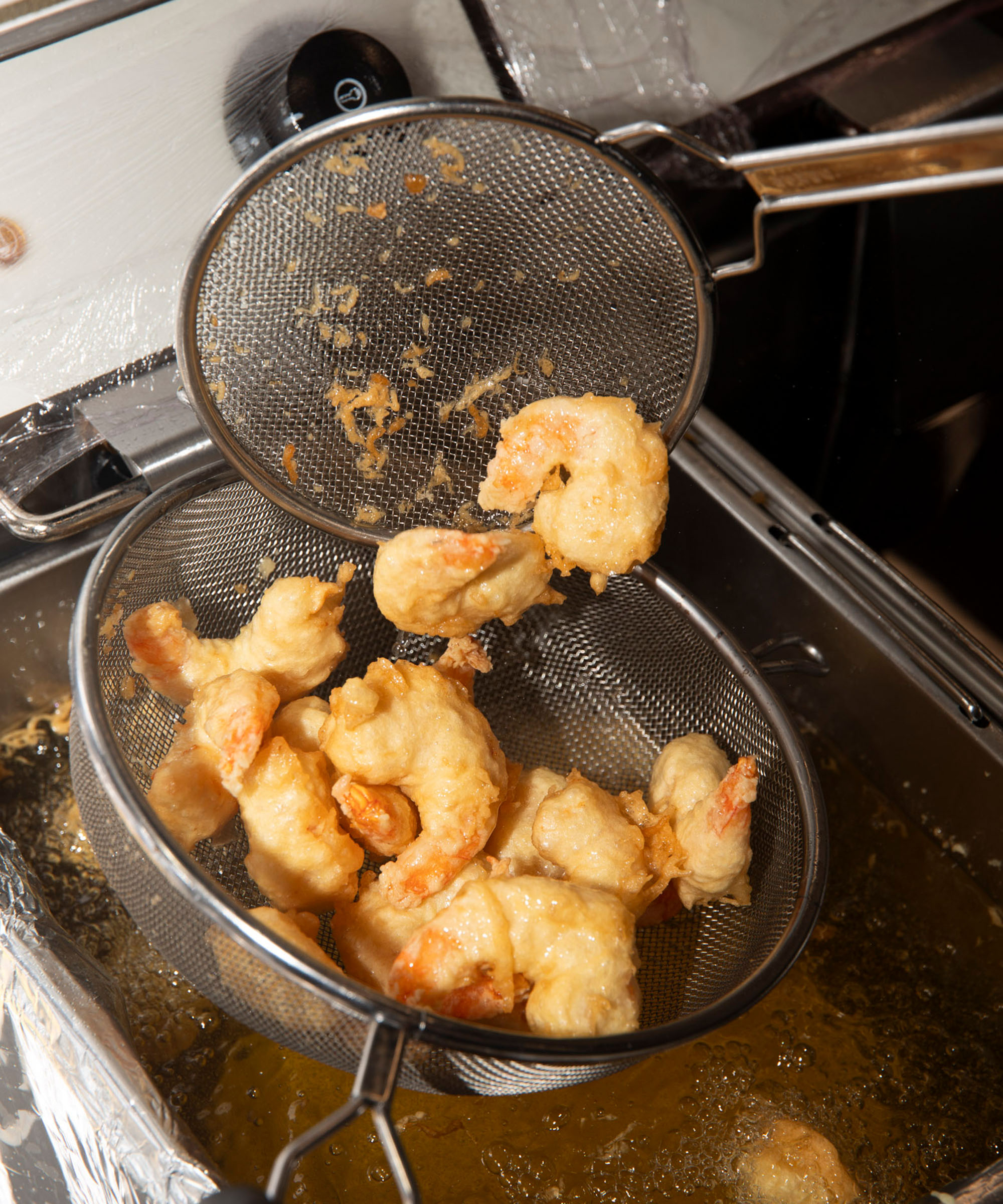
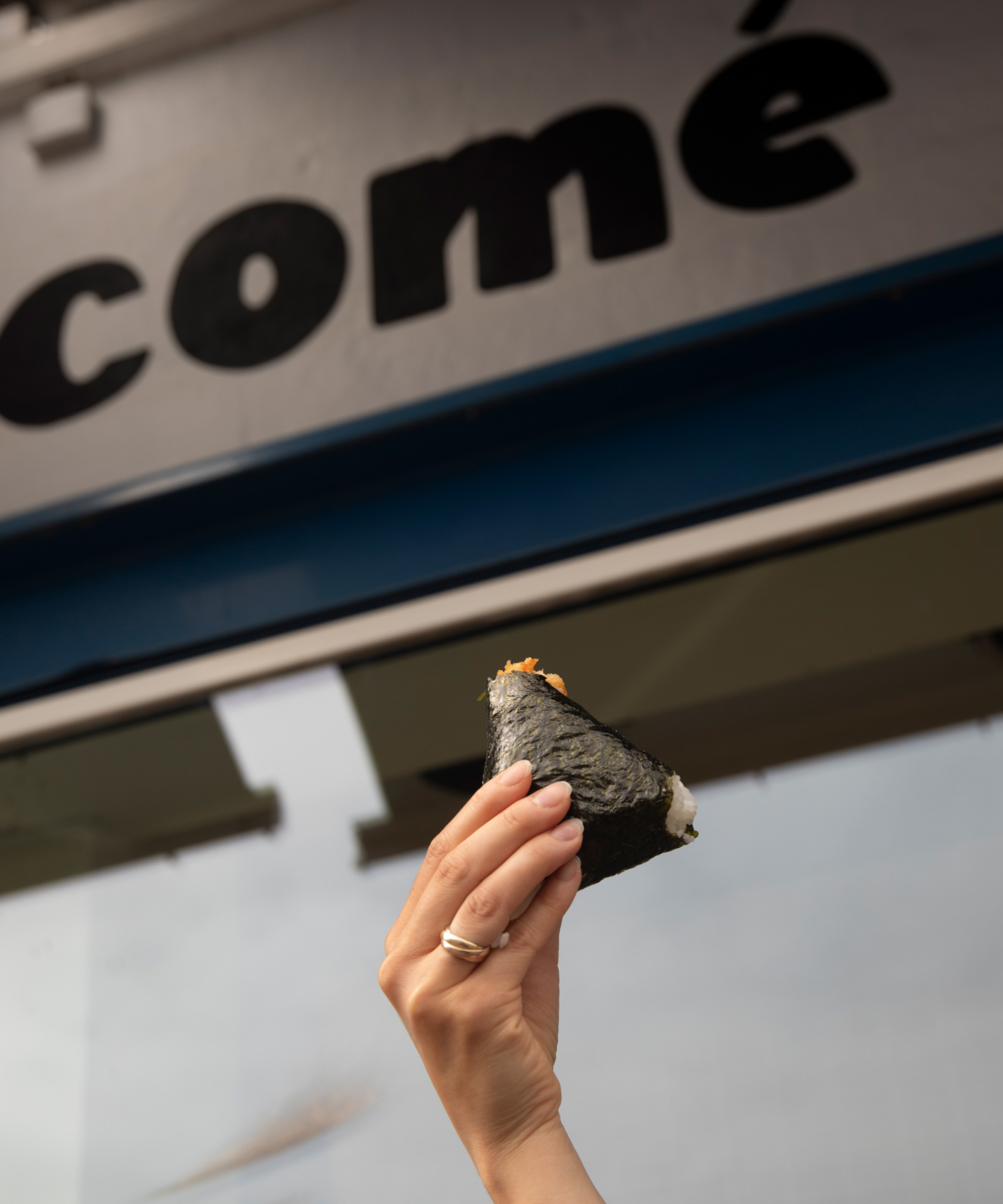
COMÉ RICE KITCHEN
Flæsketorvet 44
1711 København